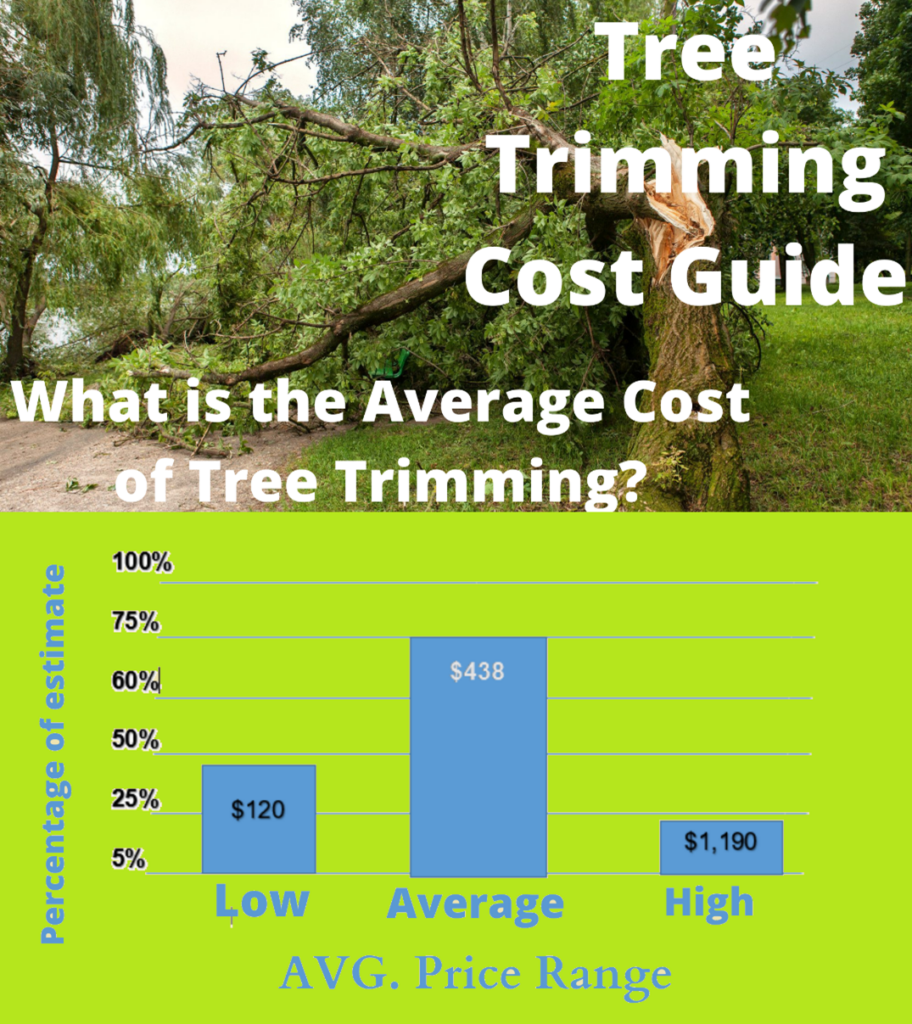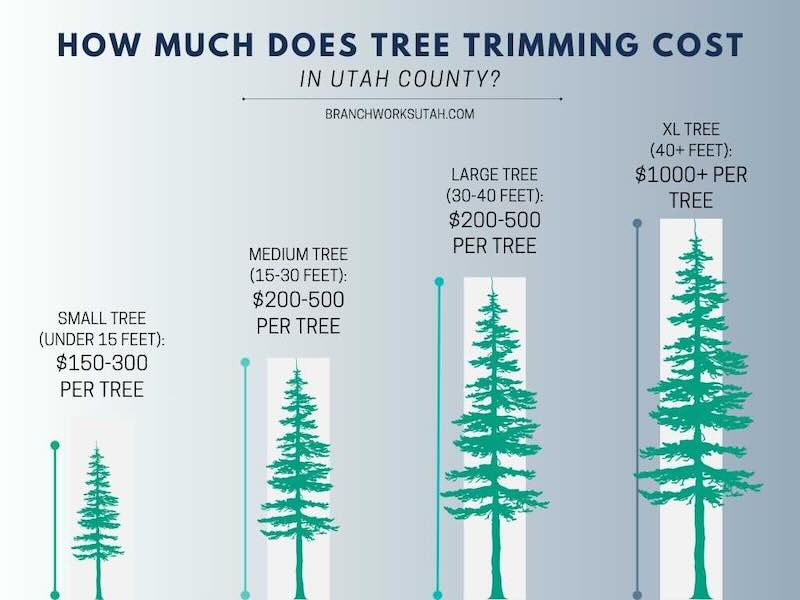Featured
Table of Contents
- – Moundsville, WV Stump Grinding: Price Vs. Qual...
- – Finding Cheap Tree Clearing In Moundsville, WV
- – Tailored Stump Grinding Costs In Moundsville,...
- – Moundsville, WV Stump Removal Repair Costs
- – First-Time Stump Removal Discounts In Moundsv...
- – Moundsville, WV Tree Cutting: True Pricing
- – High-End Stump Grinding Costs In Moundsville,...
- – Most Common Tree Trimming Questions In Mound...
- – Moundsville, WV Tree Removal Reviews: Real E...
- – 2025 Tree Service Costs In Moundsville, WV
- – What Locals Pay For Tree Clearing In Moundsv...
- – Moundsville, WV Arborist Price Estimator
- – Residential Tree Removal Costs In Moundsvill...
- – Best Ways To Save On Tree Removal In Moundsv...
- – Complete Guide To Stump Removal Prices In Mo...

The subsections listed below offer more comprehensive information about pricing, consisting of an average variety for each. TypeAverage Elimination CostPineConiferPalmMagnoliaArborvitaeAshCedarSweet GumEucalyptusSycamoreCypressOakMaplePoplar You can anticipate to pay in between to remove a pine, depending upon its size. Removing a pine is among the more inexpensive tasks unless it is one that has actually been around for several years and is rather large.
Moundsville, WV Stump Grinding: Price Vs. Quality
Pines likewise have a tap root that grows deep into the soil, which can show to be harder to eliminate. The process itself includes an expert cutting the tree, clearing the base, cutting the surface roots, removing the stump, and lastly treating the soil. Without a professional hand, you run the risk of leaving pine seedlings behind, which will fall from the roots of distressed pines.
Finding Cheap Tree Clearing In Moundsville, WV
The U.S. nationwide average for conifer removal is around to have the conifer reduced, transported away, and the stump ground or removed completely. Conifers are usually easier to get rid of, and even though they can grow quite tall, they do not cost a fortune to get rid of. Conifers consist of pine, spruce, fir, and juniper trees.
Tailored Stump Grinding Costs In Moundsville, WV
While conifers are gorgeous, they kill native plants and specific types of grass. This is due to the fact that they require a great deal of water and nutrients to endure, so they leach it off surrounding plants. They also have an extensive network of roots, which can affect your home's foundation. The typical price of palm removal depends upon the height as much as the type, ranging from.
Moundsville, WV Stump Removal Repair Costs
That is why it is very important to understand which type you are getting rid of. While you do not need an herbicide to kill a palm tree, there are some actions your removal professional will need to require to guarantee the task is done correctly. There are 2 methods they can get rid of them: by chopping them down or digging them up.
First-Time Stump Removal Discounts In Moundsville, WV
This is since little animals like rats and scorpions typically live in them. Plus, numerous types will have spikes, too. From there, they eliminate the real tree and then the stump. Expect to pay between to eliminate this type of tree, depending upon the precise size and details of the job.
Moundsville, WV Tree Cutting: True Pricing
There are three types: green, white, and black ash. White ash is understood for its numerous colors. With its gray-tinged bark, its leaves are green or purple in the spring and golden yellow or purplish-red in the fall. They enjoy moderate environments and great deals of sun. The green ash is named such due to its green or yellow foliage.
High-End Stump Grinding Costs In Moundsville, WV

The bark is softer, and it flowers later on in the year - stump grinding. Due to the variation in height, the removal rate variation is broad from. A coniferous, evergreen tree, the cedar is a hardy species. Real cedars delight in greater elevations, generally in the Himalayas and the Mediterranean. A real cedar can grow as high as 160 feet in height and is frequently planted in the United States as a landscape alternative.
Most Common Tree Trimming Questions In Moundsville, WV Answered
The development of incorrect cedars differs from 50 feet up to 230 feet high. House owners might pay anywhere from, depending upon the roots. With star-shaped leaves and spectacular fall colors, the sweet gum is thought about a medium to large tree. Taking pleasure in complete sun, the sweet gum can not endure contamination.
Moundsville, WV Tree Removal Reviews: Real Experiences
Normally, it costs in between to remove a eucalyptus. Eucalyptus are not typical everywhere, but they are quite large compared to others, which is why even the smaller sized ones are so expensive to remove.
2025 Tree Service Costs In Moundsville, WV
There are a handful of methods to do this, consisting of burning, pulling, grinding, or killing them with herbicide. Anticipate to pay in between to eliminate sycamores, based upon the height, trunk size, and quantity of work involved. Sycamores are one of the biggest hardwood trees, usually ranging from 60 to 100 feet high and as broad as 15 feet.
What Locals Pay For Tree Clearing In Moundsville, WV
The first 2 actions will expose the insides of the tree and cut off the flow of nutrients up the trunk. From there, an expert applies herbicide to kill the tree and reduce the trunk. Then, they will kill the stump. Otherwise, brand-new sprouts might grow from it. Lowering and getting rid of a full-grown cypress might cost as much as.
Moundsville, WV Arborist Price Estimator
There are several types of Cypress trees, however the most prevalent are the Leyland, Arizona, Bald, and Italian. The Bald Cypress grows in swampy or extremely wet locations while the others take pleasure in a dry, warm, or hot climate (stump grinding). They can grow as high as 80 to 100 feet tall
Residential Tree Removal Costs In Moundsville, WV

Prone to illness, the Cypress is among the most valued woods for furnishings. The average oak grows to around 60 feet, and depending on the intricacy of the removal, it costs approximately to remove. The specific size of your oak and the effort needed to fell it impact what you will actually pay for removal along with any extra services like stump grinding.
Best Ways To Save On Tree Removal In Moundsville, WV
Access to the trees and the roots will also impact the overall expense. Maples are typically amongst the more expensive trees to remove due to the fact that of their size and the work included in the removal.
Complete Guide To Stump Removal Prices In Moundsville, WV
Poplars are giants of the species. Growing as high as 90 to 115 feet, these enormous woods are primarily found in The United States and Canada and consist of the aspen, cottonwood, and balsam trees. Boasting an expansive root system, poplars can be expensive to eliminate when totally grown. The process to eliminate trees involves all the trimming and cutting of the branches and trunk, bringing it down to a stump.
Table of Contents
- – Moundsville, WV Stump Grinding: Price Vs. Qual...
- – Finding Cheap Tree Clearing In Moundsville, WV
- – Tailored Stump Grinding Costs In Moundsville,...
- – Moundsville, WV Stump Removal Repair Costs
- – First-Time Stump Removal Discounts In Moundsv...
- – Moundsville, WV Tree Cutting: True Pricing
- – High-End Stump Grinding Costs In Moundsville,...
- – Most Common Tree Trimming Questions In Mound...
- – Moundsville, WV Tree Removal Reviews: Real E...
- – 2025 Tree Service Costs In Moundsville, WV
- – What Locals Pay For Tree Clearing In Moundsv...
- – Moundsville, WV Arborist Price Estimator
- – Residential Tree Removal Costs In Moundsvill...
- – Best Ways To Save On Tree Removal In Moundsv...
- – Complete Guide To Stump Removal Prices In Mo...
Latest Posts
Best Time To Hire A Tree Removal In Fircrest, WA
Decoding Stump Removal Estimates In Ashland, OR
Free Stump Removal Quotes In Lancaster, OH
More
Latest Posts
Best Time To Hire A Tree Removal In Fircrest, WA
Decoding Stump Removal Estimates In Ashland, OR
Free Stump Removal Quotes In Lancaster, OH